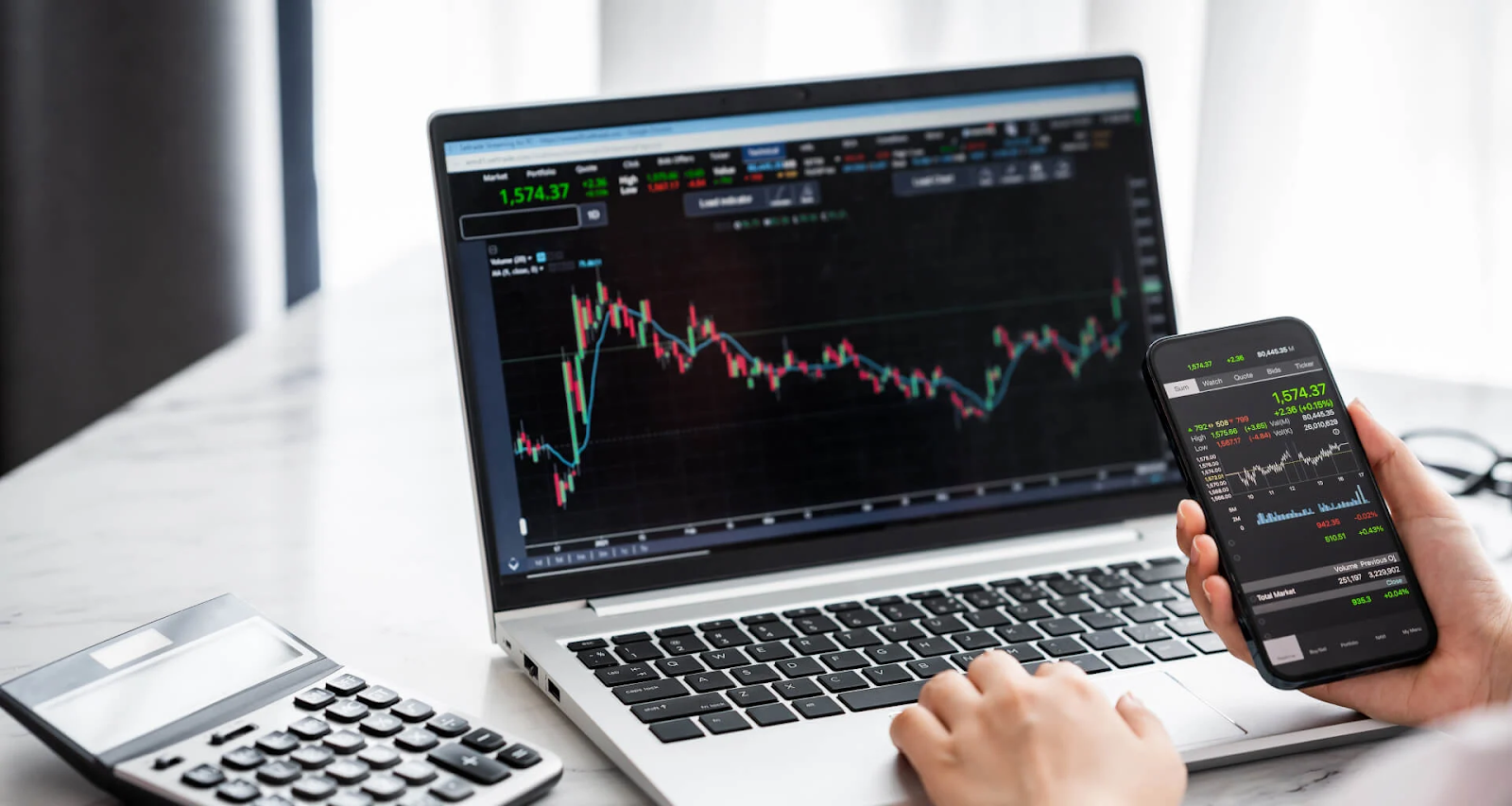Forex trading is still one of the most active financial markets in the world. Its activities continue for 24 hours due to the global presence of its important financial centers. But not all hours are equally profitable for traders. Those hours are more important in which the volume of trades is high. Forex trading has four sessions including Sydney, Tokyo, New York, and London sessions. It is important for traders to understand the unique elements of each trading session if they want more trading opportunities. The Asian Forex trading session which is also called the Tokyo session, is one of the most important times of the day as it sets the tone for the day and provides special trading conditions.
Asian Session in Forex
The Asian session is the first major trading session of the day and includes important Asian-Pacific financial hubs, such as Tokyo, Hong Kong, and Singapore. During this session, the Japanese yen (JPY), Australian dollar (AUD), and New Zealand dollar (NZD) experienced a lot of activity, which makes it the best time for anyone who is interested in these currencies. The Asian session is not even more volatile than the London or New York sessions, but it still provides a lot of benefits for special trading conditions.
Asian Session Trading Hours
The Asian session starts the day of global trading and works in the following hours:
- Tokyo: Opens at 12:00 AM GMT and closes at 9:00 AM GMT
- Hong Kong and Singapore: Opens at 1:00 AM GMT and closes at 10:00 AM GMT
It’s important to note here that the exact times can be changed due to Daylight Saving Time (DST) adjustments in some countries.
Why Trade During the Asian Session?
Lower Volatility: If we compare it to the other sessions like London and New York then the Asian session usually has lower volatility. Due to its reduced volatility, it is a preferable option for traders who want a more stable market, especially those who are new to the market or use a scalping technique.
Predictable Price Movements: It is easier to predict possible price variations during the Asian session as price patterns often follow a more predictable range. Some traders use range trading strategies so this feature is best for those in which trades are based on the highs and lows in a specific price range. This session can be especially helpful for users of platforms like cTrader when they set up strategies and analyze patterns within trading windows.
Early Market Insight: As we know the Asian session is the first session to open, which is why it provides signs about the market condition for the whole day. Traders can easily analyze trends during this session to update trading strategies for other sessions, especially for the London session.
Japanese Yen Opportunities: As the Japanese yen is one of the most actively traded currencies then the Asian session forex time provides huge opportunities for those traders who are interested in JPY pairs. Furthermore, the yen can provide unique information for the remainder of the trading day due to its strong association with global market movements, such as bond rates and risk sentiment.
Key Currencies to Trade During the Asian Session
The main currencies of the Asian session are the JPY, AUD, and NZD. Let’s see the currency pair in more detail:
- Japanese Yen (JPY): The currency of the third largest economy in the world is JPY which has major fluctuation during the Asian session. USD/JPY, EUR/JPY, and AUD/JPY are the most active pairs that allow traders to capitalize on possible trends early in the day.
- Australian Dollar (AUD): The AUD experienced more activity this session due to Australia’s close economic links with Asia, especially Japan and China. Two important pairings are AUD/USD and AUD/JPY.
- New Zealand Dollar (NZD): The NZD is also affected by important events during the Asian session due to the economic relationship of New Zealand with Japan and China. The most popular pairs are NZD/USD and NZD/JPY.
Popular Trading Strategies for the Asian Session
Different features of the Asian sessions help you to make your strategies more efficient. These strategies include:
Range Trading Strategy
As we see the Asian session has lower volatility that’s why a range trading strategy is the best approach. Range trading includes finding important support and resistance levels and making trades based on these boundaries. Many currency pairings have started to fluctuate between these levels throughout this session and enable traders to join and exit transactions successfully.
Breakout Trading Strategy
Breakout possibilities can still occur during the Asian session, even if it is less volatile, particularly during news events relevant to the Asia-Pacific area. Breakouts occur when the price exceeds the resistance levels or below a support level and can result in a significant price movement.
Scalping Strategy
Scalping is a popular strategy during the Asian session through which traders can take advantage of small price movements to generate regular profits. This stability of the Asian session helps scalpers to execute quick trades without the risk of sudden and large market movement.
